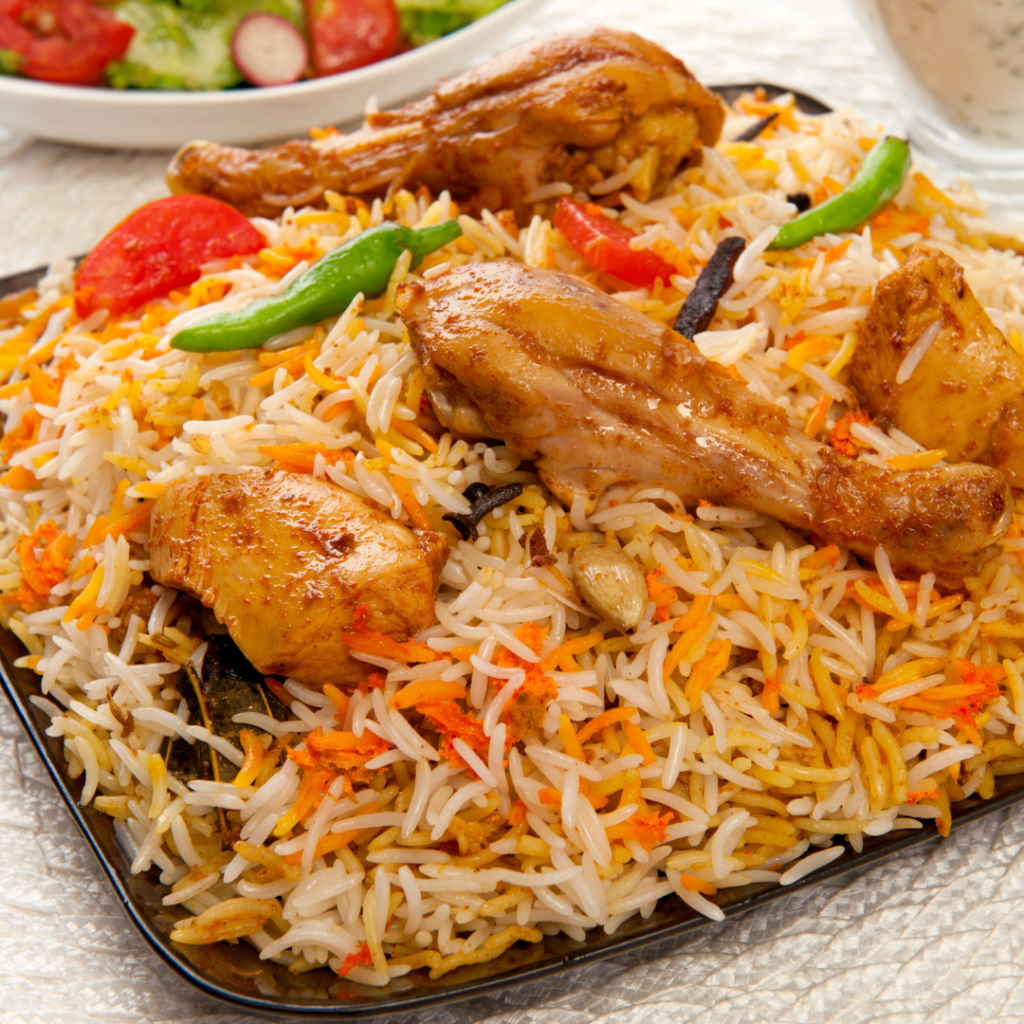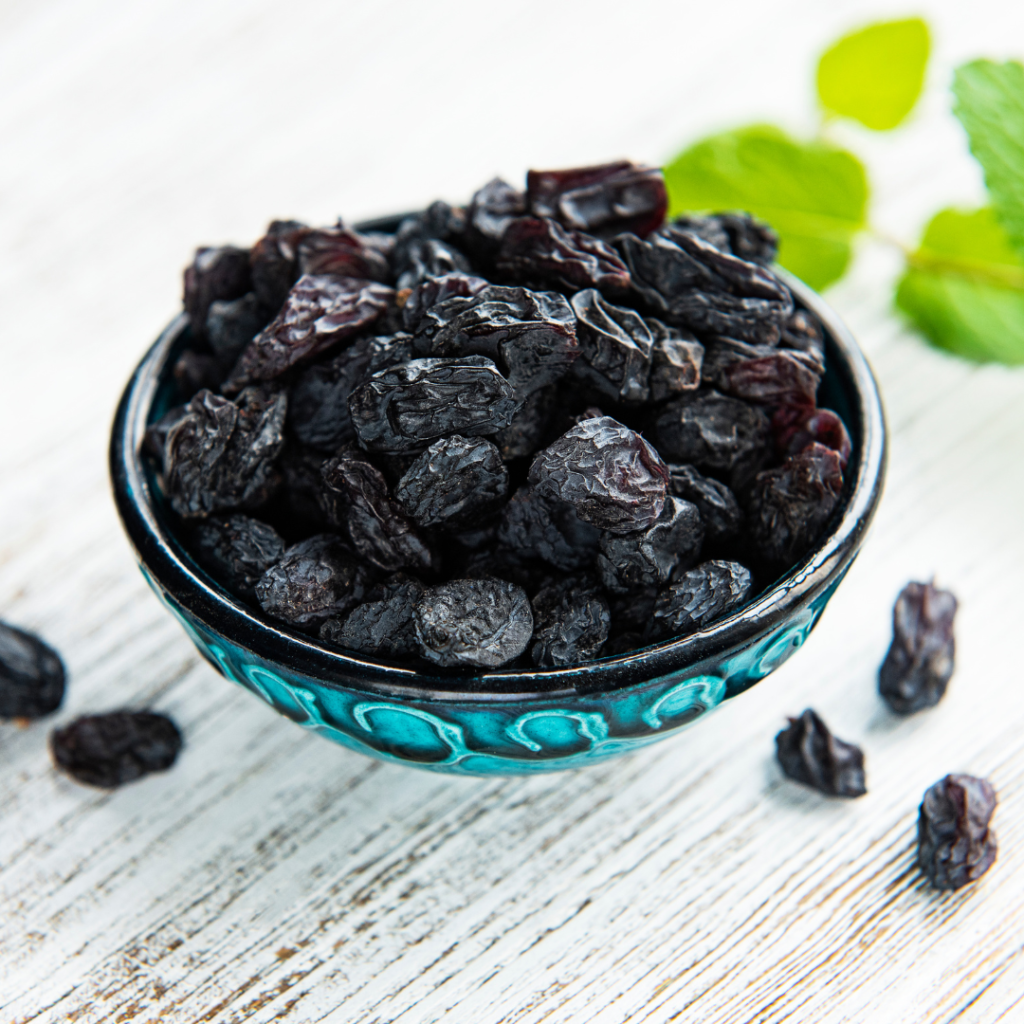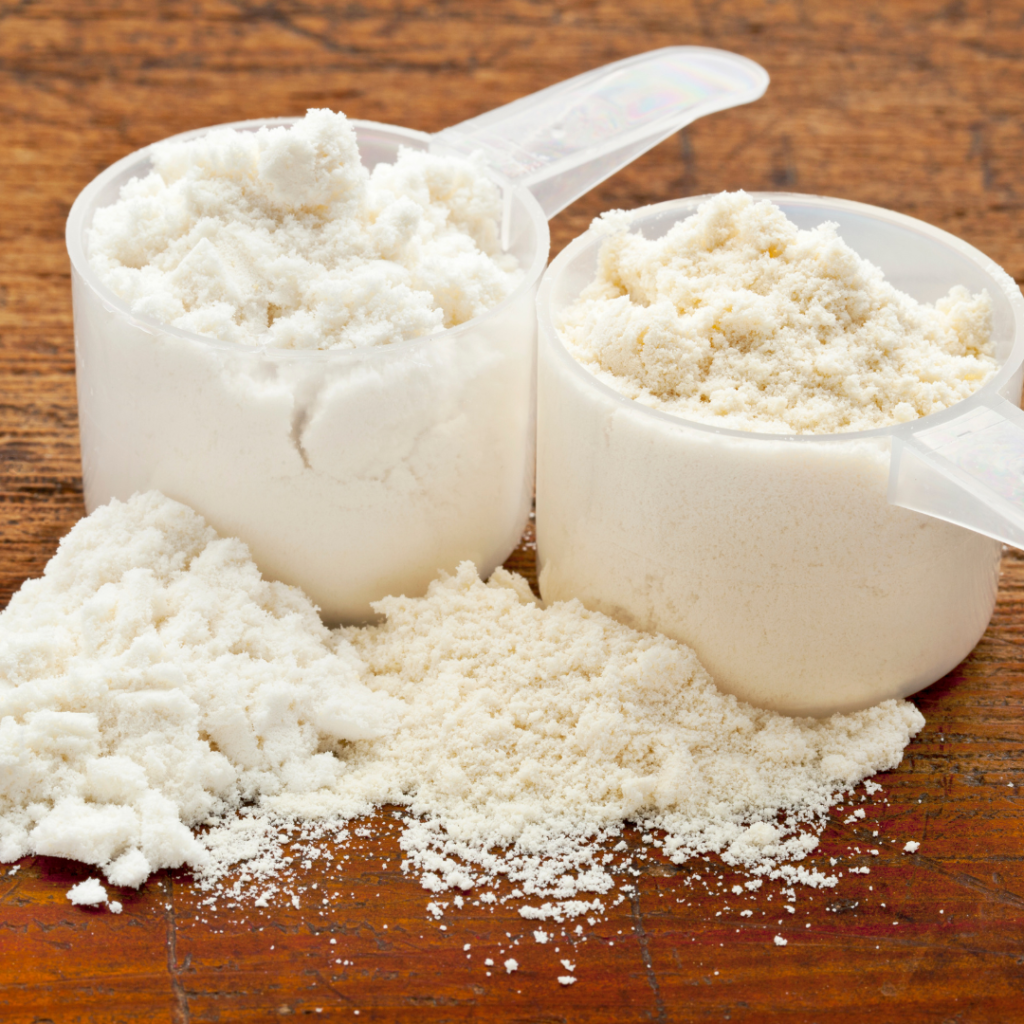🟤 Chicken Biryani can be nutritious, depending on how it’s prepared. Biryani typically includes rice, spices, vegetables, and meat, such as chicken. Here’s how its nutritional value can vary:
🟤 Protein: Chicken is a good source of protein, which is essential for muscle growth and repair.
🟤 Carbohydrates: Rice is a significant source of carbohydrates, providing energy for the body.
🟤 Fat: Depending on the recipe and cooking method, biryani can contain varying amounts of fat. Using lean cuts of chicken and minimizing the use of added fats like ghee or oil can help keep the fat content moderate.
🟤 Fiber: If the biryani contains vegetables like carrots, peas, or beans, it will have some fiber content, which is beneficial for digestive health.
🟤 Vitamins and Minerals: It can provide essential vitamins and minerals depending on its ingredients. Vegetables and spices like turmeric, ginger, and garlic can add various nutrients and antioxidants.
🟤 Adding raita or curd alongside biryani is a great idea! The coolness and tanginess of raita or curd complement the spiciness of biryani perfectly. It’s ptobiotic too.
However, it’s essential to be mindful of portion sizes and ingredients. Some biryani recipes may be high in calories, sodium, or unhealthy fats due to the use of excessive oil, ghee, or added cream. Choosing whole grain rice over white rice can also increase the fiber content and overall nutritional value.
🟤 Homemade Biryani can be a healthy one bowl meal by adding salad , or. vegetable raita , curd adding veggies. Making sure to use minimum cooking oil or ghee
Best Nutritionist In India


